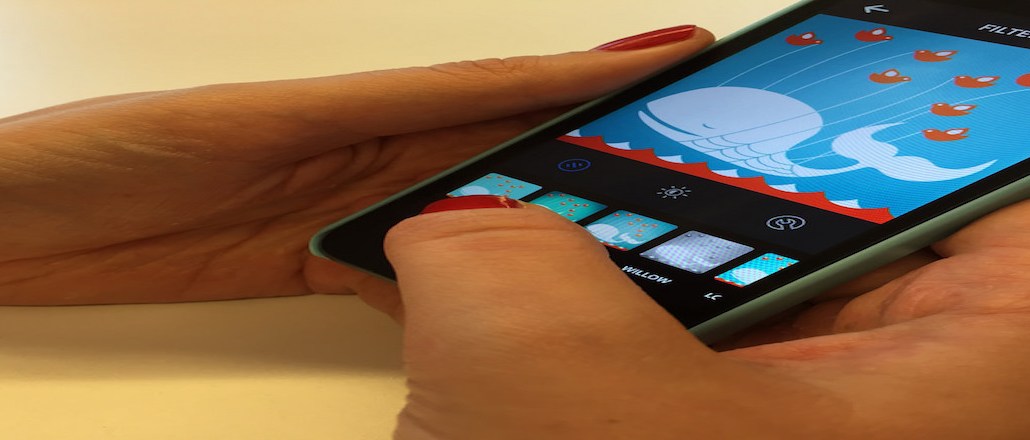‘Just one more thing’: Twitter’s metrics error further dents reputation with ad buyers

Platforms are constantly mimicking other platforms: Instagram borrowed from Snapchat for its stories feature; Facebook cribbed hashtags from Twitter. Now platforms are even mimicking each other’s measurement errors.
In recent months, Facebook had a slew of measurement errors that irked marketers. And in late December, Business Insider reported that a bug in Twitter’s Android app led its video advertising metrics to be inflated by as much as 35 percent. Even though Twitter’s error prompted refunds, buyers were split on whether the error would have an impact on spend. But buyers were more in agreement that Twitter’s bug is another dent in how clients perceive social platforms in general.
“It bums me out when I see these [errors],” said Charlie Fiordalis, chief digital officer at Media Storm. “It’s tough for Facebook, for Twitter and for advertisers to have to have this conversation over and over. I have no power to stop this from happening beyond amplifying the industry’s call for third-party measurement verification.”
Because Facebook is so big and provides marketers with expansive targeting data, its errors haven’t yet led to a pullback on spending for most advertisers. Twitter, on the other hand, has struggled with advertisers, so its metrics error may have greater potential to affect ad spend. Fiordalis said that most of his clients have dialed back Twitter spend in the last year anyway and that most of that money has gone toward Facebook, Google and Snapchat.
“From an advertiser perspective, they have lost ‘cool,’” he said. The measurement error “is just one more thing for Twitter.”
22squared also started dialing back its spend on Twitter prior to the error, said Anne DiNapoli, director of paid social. But now the agency has an additional concern that measurement errors might deter clients and impact future buys on the platform, she said. “As with other social networks, until third-party verification on all ad types is available, incremental budget shifts are harder to justify,” she said.
Details about the miscalculation remain vague and Twitter declined interview requests. But through an emailed statement, a company spokesperson noted, “This was a technical error, not a policy or definition issue, so it has been resolved.”
Anna Fertel, senior strategist at The Media Kitchen, said that although dollars were directly tied to Twitter’s error, unlike Facebook, Twitter’s error didn’t encourage additional spend based on inflated engagement numbers.
“Twitter’s mistake didn’t result in people spending more based on a number they were misunderstanding,” she said, while noting that the error is unlikely to change her clients’ spend or even their confidence in Twitter. “While it wasn’t necessarily great to learn that we’d spent money inadvertently and were now being issued a credit for the Twitter error, we hadn’t already invested more money on the platform based on incorrect reporting.”
Sources said that they do not see the refunds as red flags. In fact, buyers who spoke to Digiday unanimously concluded that Twitter’s response was more responsible than alarming.
“I actually feel a greater confidence that there was a refund,” said Jessica McGlory, digital media manager at Engine Media. “That just shows a bit more transparency. It is really hard when you can’t get a refund and have to explain that to your clients.”
Fiordalis said Twitter’s error isn’t just the company’s problem, but rather is emblematic of a larger trend within the industry. He said, “It’s less of ‘this is one for Twitter’ and more of ‘this is another one for the walled gardens, and less reason to trust them as a whole.’”
Photo courtesy of Creative Commons
More in Marketing

Why the New York Times is forging connections with gamers as it diversifies its audience
The New York Times is not becoming a gaming company. But as it continues to diversify its editorial offerings for the digital era, the Times has embraced puzzle gamers as one of its core captive audiences, and it is taking ample advantage of its advantageous positioning in the space in 2024.

Why B2B marketers are advertising more like consumer brands to break through a crowded marketplace
Today’s marketing landscape is more fragmented than ever. Like consumer brands, business brands are looking to stand out in a crowded and competitive marketplace, making marketing tactics like streaming ads, influencers and humorous spots more appealing.

As draft puts WNBA in spotlight, the NBA is speeding up ballplayers’ transition to creators
The NBA’s star athletes are its greatest marketing asset.






